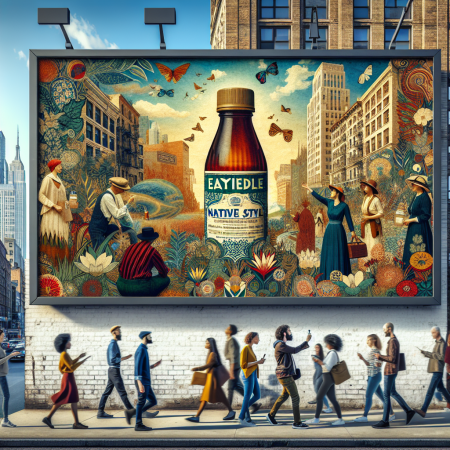How to Use Native Advertising to Engage Users
Understanding Native Advertising
Native advertising is a form of online advertising that seamlessly blends in with the content users are already consuming. Unlike traditional display ads that can be disruptive and ignored, native ads are designed to be more engaging and less intrusive. By appearing as part of the natural flow of content, native ads can effectively capture the audience’s attention and drive higher engagement rates.
One of the key benefits of native advertising is its ability to match the look and feel of the publisher’s website or platform where it is displayed. This makes it less obtrusive and more accepted by users, leading to increased interaction and conversions. When done right, native advertising can provide a win-win situation for both advertisers and publishers, as it delivers relevant content to users while generating revenue for publishers.
Types of Native Advertising
There are various formats of native advertising, including in-feed ads, sponsored content, recommendation widgets, and promoted listings. In-feed ads are integrated within the natural content feed of a website or social media platform, making them look organic and non-disruptive. Sponsored content involves creating articles, videos, or infographics that are labeled as sponsored or promoted to indicate they are paid placements.
Recommendation widgets display sponsored links or articles at the end of an article or webpage, suggesting related content that users might be interested in. Promoted listings are common on e-commerce platforms, where certain products are highlighted in search results or category listings. Understanding the different types of native advertising formats can help you choose the most suitable option for your advertising goals and target audience.
Best Practices for Native Ad Design
When creating native ads, it’s essential to focus on providing value to the audience rather than overtly promoting products or services. Native ads should align with the interests and preferences of the target audience to ensure relevance and engagement. Visual elements such as high-quality images and compelling headlines play a crucial role in capturing users’ attention and encouraging them to click on the ad.
Transparency is key in native advertising. Clearly labeling native ads as sponsored or promoted content helps build trust with users and avoids any confusion about the nature of the content. It’s important to follow the guidelines set by advertising platforms and industry standards to ensure compliance and maintain a positive user experience. Testing different ad creatives and formats can help optimize performance and maximize the effectiveness of native advertising campaigns.
Targeting and Personalization
Effective targeting is essential for the success of native advertising campaigns. By utilizing demographic data, interests, and behavioral patterns, advertisers can deliver personalized content that resonates with the audience. Tailoring ads based on the user’s location, browsing history, or past interactions can significantly enhance the relevance and impact of native ads.
Dynamic content optimization allows advertisers to automatically adjust ad messaging based on user behavior and preferences in real-time. A/B testing different audience segments and ad variations can help identify the most effective targeting strategies and improve campaign performance over time. Leveraging data analytics and insights can further refine targeting efforts and drive better engagement with native advertising.
Measuring Success and Optimization
Monitoring key performance indicators (KPIs) is crucial for evaluating the effectiveness of native advertising campaigns. Metrics such as click-through rates, conversion rates, engagement levels, and return on investment (ROI) provide valuable insights into the campaign’s performance and impact. By tracking these metrics over time, advertisers can identify trends, assess the ROI of their ad spend, and make data-driven decisions to optimize future campaigns.
Continuous testing and optimization are essential for maximizing the effectiveness of native advertising. Experimenting with different ad placements, creatives, and targeting parameters can help identify the most successful strategies and improve overall campaign performance. By staying informed about industry trends and consumer behavior, advertisers can adapt their native advertising strategies to meet evolving user expectations and achieve better results.

